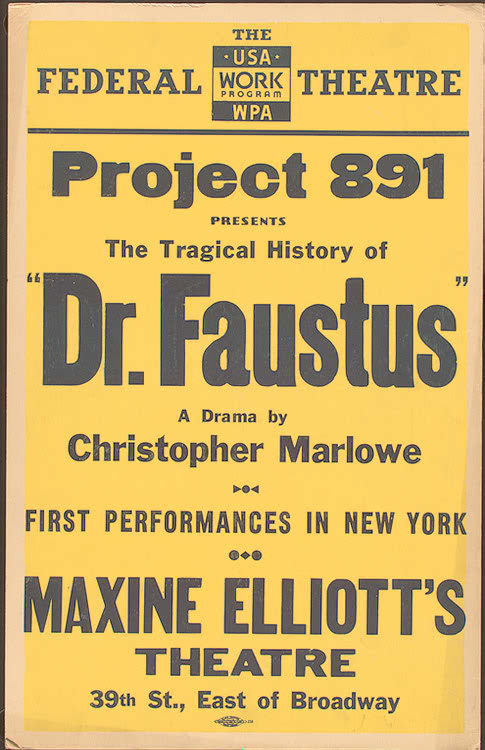The Art of Music: How to Create Your Own Masterpiece
What are the key elements of creating a great piece of music?

The Art of Music: How to Create Your Own Masterpiece. What are the key elements of creating a great piece of music? How can you use these elements to create your own masterpiece?
I see that you are interested in the art of music and how to create your own masterpiece. That’s a great topic to explore!
According to some sources¹², the basic elements of music are:
– **Rhythm**: the pattern of sounds and silences in time.
– **Pitch**: the highness or lowness of a sound.
– **Melody**: a sequence of notes that create a recognizable tune.
– **Harmony**: the combination of two or more notes played at the same time.
– **Texture**: the way different layers of sound are arranged and interact.
– **Timbre**: the quality or color of a sound that distinguishes it from others.
– **Dynamics**: the variation in loudness or intensity of a sound.
– **Tempo**: the speed or pace of a piece of music.
To create your own masterpiece, you need to use these elements creatively and effectively. Here are some tips on how to do that:
– **Find your inspiration**: listen to different genres and styles of music, read about the history and culture of music, or use your own emotions and experiences as a source of ideas.
– **Choose your genre and format**: decide what kind of music you want to make, whether it’s a song, an instrumental piece, a soundtrack, etc. and what genre or subgenre it belongs to, such as pop, rock, jazz, classical, etc.
– **Write your melody**: use a musical instrument, a software, or your own voice to create a catchy and memorable melody that expresses your main theme or message. You can use scales, intervals, chords, and motifs to structure your melody.
– **Add harmony and texture**: use other instruments or sounds to accompany your melody and create contrast, balance, and depth. You can use chords, inversions, progressions, and polyphony to enrich your harmony and texture.
– **Adjust your rhythm and tempo**: use different types of notes, rests, beats, and meters to create a rhythm that suits your mood and style. You can also change the tempo or speed of your music to create tension, excitement, or relaxation.
– **Experiment with timbre and dynamics**: use different techniques, effects, and expressions to modify the tone and volume of your sounds. You can use filters, distortion, reverb, modulation, and articulation to alter your timbre and dynamics.
– **Record and edit your music**: use a microphone, a recorder, or a software to capture and save your music. You can also use a software to edit, mix, and master your music to improve its quality and clarity.
– **Share and enjoy your music**: use a platform, a website, or a device to share your music with others and get feedback. You can also perform your music live or online and enjoy the experience of creating your own masterpiece.
برای آگاهی از آخرین خبرها
ایمیل خود را وارد کنید
رایگان




